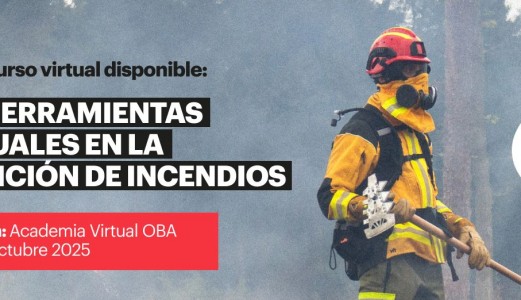Determining the exact risk that a wildfire can entail is extremely complicated since many factors intervene. One of the most complete systems that exist to analyze wildfire risk is the Risk Matrix (or Risk Pentagon) created by Al Beaver.
This system focuses on analyzing 5 factors to conceive risk:
- Likelihood
- Severity
- Exposure
- Values
- Vulnerability
Likelihood can be driven by a variety of sources depending upon the level and scope of the risk
management assessment and profile:
- Strategic level risk profiles would assess more historical likelihood data such as past ignition trends and frequency of destructive climatic and fire behavior related events and thresholds. Looking to the past as a reference for future possibilities.
- Readiness level risk profiles would assess the presence of active fires, recent lightning occurrence (wet? or dry?), lightning forecast models (wet? or dry?), human caused ignition trends, probability of ignition models and prescribed fire ignition schedules.
- Incident level profiles would assess the location, construction and breaching potential of fire control lines (the place where the fire is most likely to escape) in relation to fire control line breaching level severity.
Likelihood arises in all these ignitions and, for this reason, it must be carefully analyzed, because not all fire regimes will be the same, nor will they have the same probability. For example, was the regimen caused by lightning or by human activity? If it's because of lightning, you have very little control over that, but if it's because of the human factor, then yes, you have the ability through policy, enforcement, and education to be able to manage this probability.
Severity is related to the direction and speed of fire spread, intensity, type of fires (whether it is a layer fire or a pyrocumulus fire), duration of the fire line, development of the column of convection, perimeter and area growth rate, flame depth, fuel consumption, radiant heat flux, heat stress, smoke, terrain, slope, hazardous trees, ash pits, and other health and safety issues of the firefighters.
The only thing that allows managing this, in terms of risk control, is managing fuels.
Exposure is primarily determined by the proximity of the value to the likelihood, that is the seasonal and diurnal time and duration a value that is vulnerable to the assessed likelihood x severity may be exposed.
When we talk about values we talk about the social, economic and environmental values determined by stakeholders and public communication. Much of this intelligence would have been gathered from strategic level risk management planning and then cascaded/networked through incident risk management and preparedness.
Finally, vulnerability is related to how predisposed a value is to damage in relation to the probability and severity evaluated.
It can be determined by the interaction of socioeconomic, physical and environmental factors. For example, some fire-adapted forest ecosystems may be vulnerable to high-intensity or crown fire but have a beneficial relationship with low-intensity fire. It is possible that such a forest ecosystem could very well have a beneficial relationship with fire during most of the daytime burning period with only a few hours of negative impacts during peak burning hours.
It should be noted that a small variability in any of the 5 factors of the risk matrix has a direct impact on the other system’s variables and that, if any of the values is 0, then the risk will be 0 – something impossible in a dynamic system such as the one we inhabit. The key is to seek balance and this requires good landscape management, since fuel is the factor that we can influence the most.
Climate is influenced by many variables, but with the right landscaping, it won't be able to create the right extreme fire conditions.
With this example you will surely be able to better visualize the concepts: in an ecosystem such as the Mediterranean, which has been exposed to fire and is very likely to have a wildfire, if we continue with this regime, the severity would not be so serious and the value would be preserved. Instead, if we were to reduce the exposure or the probability, then the fuel would build up and that would increase the severity and reduce the value.
To finish, we leave you with a question to reflect on: Should we focus on the landscape or on the extinction actions that we must carry out?
This content has been possible thanks to the Vallfirest x The Emergency Program agreement.






